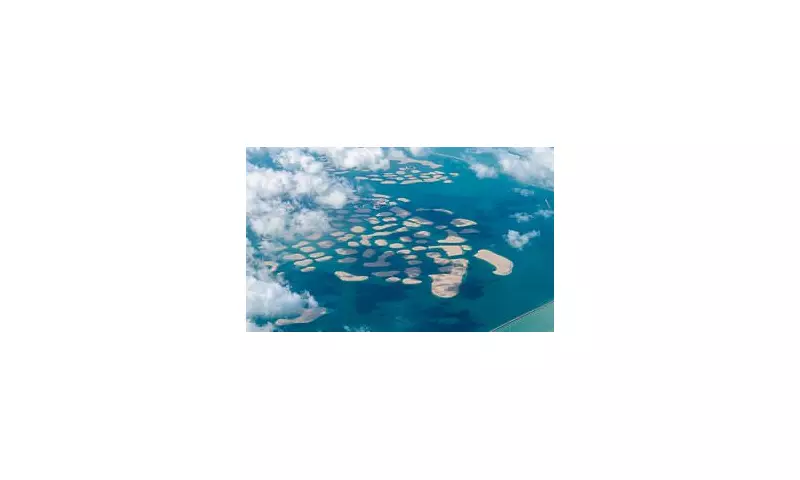
Visitors flying into Dubai International Airport often spot an extraordinary sight in the waters below - a collection of islands meticulously arranged to resemble a miniature map of the world. This ambitious vision represents one of the most remarkable engineering projects of the 21st century.
The Ambitious Vision Behind The World Islands
Sheikh Mohammed bin Rashid Al Maktoum, Dubai's ruler, conceived this groundbreaking project to achieve multiple objectives: attracting international visitors and investors while significantly expanding Dubai's precious beachfront territory. The scale of this undertaking remains staggering even by Dubai's standards of ambitious development.
Construction commenced in 2003 with an estimated budget exceeding $14 billion (£10.6 billion). Developers moved approximately 320 million cubic metres of sand to create 300 individual islands stretching across 232 kilometres of shoreline, all positioned roughly three miles from Dubai's coast in the Persian Gulf.
Financial Crisis and Project Challenges
The global financial crisis of 2008 delivered a devastating blow to The World Islands project, forcing work to halt indefinitely. The economic downturn triggered serious consequences for those involved, with several individuals connected to the islands facing bankruptcy and one receiving a prison sentence.
By 2011, the situation appeared particularly bleak. A lawyer representing Nakheel Properties, the development group overseeing the islands, frankly admitted the project was effectively 'in a coma'. For years, most islands remained empty and undeveloped, representing what many considered a failed vision.
Gradual Revival and Current Developments
Despite the initial setbacks, The World Islands have experienced a gradual resurgence in recent years. Lebanon Island became the first commercially developed location, opening for private corporate events and public parties in July 2012.
One of the most prominent developments emerging from this revival is the Heart of Europe project, spearheaded by Austrian developer Josef Kleindienst. After purchasing the island representing Austria in 2007, Kleindienst acquired five additional islands: Sweden, Switzerland, Germany, Monaco, and St Petersburg.
This innovative project features six themed islands arranged in a heart shape, each celebrating different European countries. The development boasts several unique characteristics:
- Temperature-controlled environments
- Car-free islands
- Sandy beaches and luxury hotels
- Artificial weather systems including snow and rain
- Euro-exclusive currency acceptance
Another significant addition to The World Islands is the Anantara World Islands resort, which launched softly in 2022. Unlike the Heart of Europe, this development foregoes geographical theming while offering premium accommodation and amenities.
When completed, the entire archipelago will connect through a series of bridges, creating a seamless experience for visitors exploring these remarkable man-made islands.
While development progress remains measured, The World Islands project demonstrates remarkable resilience. What once appeared as a casualty of economic circumstances now shows promising signs of transformation into the visionary tourism destination originally imagined.





